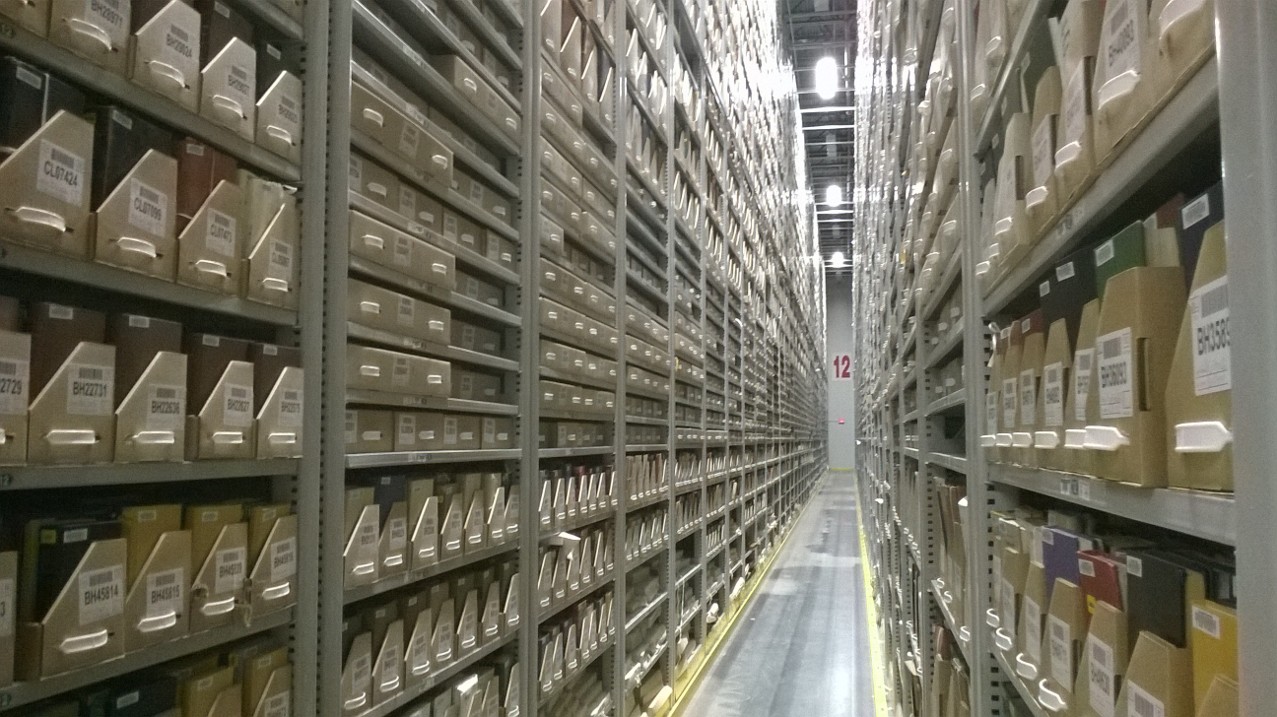As ALA Annual Vegas recedes into a hazy memory, and with a fresh round of Committee assignments starting and new guidance from PARS-Exec about expectations for Interest Group and Conference participation, I’ve had a few questions from people about how to get involved in PARS.
First off, let me say thank you, bravo, and encore. We need new people to take up the work of the Association, because some of us are more than ready for a little break, plus you seem to have energy, ambition, and good ideas. If you’re wavering, wondering what you might be signing on for, and what you’ll get out of it, let me give it to you plainly:
- PARS is a friendly group of people.
- PARS is a small Section of ALA, so we often have room for people who want to get involved.
- PARS gets a pretty high amount of stuff done, pretty quickly.
- PARS develops and promotes standards and practices that see actual use.
- PARS does not get everything done, nor does it do everything quickly.
- PARS pulls off some big things, Preservation Week, for example.
- PARS knows more about inherent vice than any other Section of ALA.
Now let me make that all a little murky.
